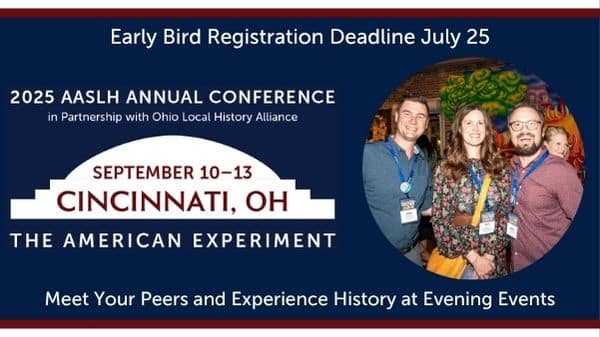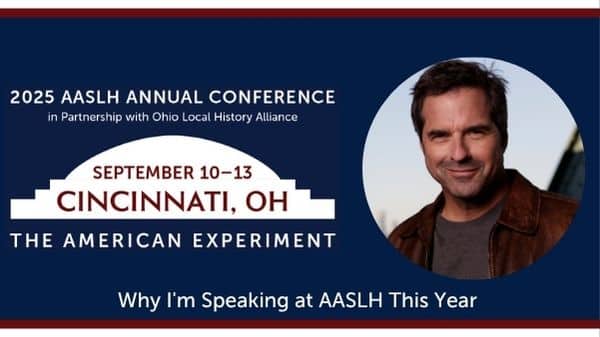
By Michelle A. Mileham, Ph.D., Project Manager, Measurement of Museum Social Impact (MOMSI), Utah Division of Arts and Museums
In what ways do museums engage their local communities? How do museums know they are having an impact on their whole community? While these questions were critical in years prior to 2020, they were challenged during the COVID-19 pandemic and ongoing racial and social inequities across the United States. In their recent blog post, Avi Decter and Ken Yellis assert that museums cannot go back to “business as usual” and instead need to find a new way forward, which includes “re-think[ing] themselves in terms of service to their communities.”
Museums need to evaluate their past and current practices and strategize what kind of impact they want to have—on their staff, on their community, and on the museum field—as they reopen their doors. Often, when museum professionals talk about making an impact, they are referring to the educational, economic, and social dimensions. The first two are easier and more intuitive to document. Social dimensions, however, are more difficult to measure, especially with data-based evidence.
Yet measuring social impact is one way museums can move forward and evaluate how they are (or are not) of service to their community, and a new national project is looking for your museum’s help to achieve this.
The Measurement of Museum Social Impact (MOMSI) project is recruiting thirty museums across the United States to generate data about the social impact of museums on individuals in their communities while increasing the capacity for museums to address this need individually in the future. Learn more about MOMSI and how your museum can get involved on our website.

Social impact has been defined as the effect of an activity on the social fabric of a community and the well-being of the individuals and families who live there. MOMSI measures social impact based on four long-term outcomes: health and well-being, intercultural competence, continued education and engagement, and strengthened relationships. Each of these outcomes are defined below, along with example statements from the survey participating visitors are asked to complete.
Health and Well-being: This outcome is measured through statements regarding physical health, such as diet and exercise habits, along with mental and emotional health. It recognizes that museums are restorative spaces and are places of community activities.
Example indicator statements:
- I am confident in my ability to be successful in the future.
- I am adventurous, trying out new experiences.
Intercultural Competence: Visiting museums expands awareness of cultures and ways of life. This outcome is measured by understanding empathy, connection to community, personal strengths and limitations, and perspective of self and others.
Example indicator statements:
- I learn new things from people that are different from me.
- I understand how cultures are similar and different.
Continued Education and Engagement: Learning occurs across various spaces and time, including in museums and through the programs they offer. This outcome is measured by understanding in what ways wonder, curiosity, and interest are stimulated in museum visitors.
Example indicator statements:
- I wonder about how things work.
- My mind is actively engaged in new ideas.
Strengthened Relationships: This outcome strives to understand the positive interactions people have with others. It is measured through statements about social and family relationships, the bond between people, and the ways in which relationships are nurtured.
Example indicator statements:
- I keep my commitments to others.
- I enjoy spending time with my friends and/or family.
We invite you to start a conversation with your leadership about participating in MOMSI. Our team is particularly interested in recruiting museums from all regions of the U.S., with varying focus areas and operating budgets. Learn more about the project and access the Museum Application here.
If you are selected, our team will work directly with your museum’s staff to implement the study. At the close of the project, your museum will not only contribute to a wider understanding of social impact of museums but also receive the following benefits:
- A report of findings specific to your museum. You are welcome to share the report with funders, stakeholders, and legislators.
- Capacity-building for your museum and its staff. Staff will learn the nuances of museum research by attending training sessions and collateral skills in visitor recruitment and public messaging.
- Opportunities to share your stories and experiences at national and regional conferences, or through blog posts and articles.
- Networking with other participating museums.
The data you collect will inform the development of a social impact toolkit, which will be free and open-access at the project’s end. The use of the toolkit will continue to push museums into the future and think critically about how and in what ways they engage their community. When museums can objectively measure and articulate their social impact, they can improve internal practices and leverage funding to continue social strengthening work in the museum field.



